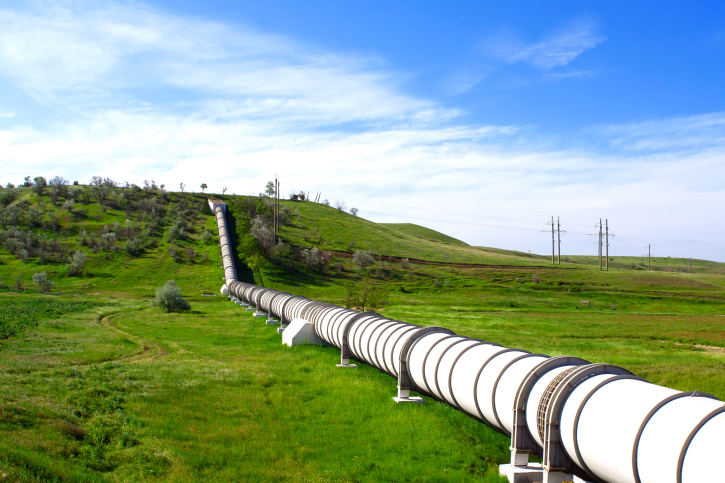Energy
Surveying the MLP Universe Following the Implosion at Boardwalk Pipeline
Published:
Last Updated:

Initial speculation about a coming disaster swirled around El Paso Pipeline Partners LP (NYSE: EPB). The company, now controlled by Kinder Morgan Inc. (NYSE: KMI), got a $3 million investment from CEO Richard Kinder and that ended the speculation about El Paso being the next to go.
Every MLP’s most important product is cash that it can pay to limited partners in quarterly distributions that get bigger every year. To get that cash, midstream MLPs rely on operating revenues, new debt, and new equity. Boardwalk had lost some transportation contracts and almost certainly could not raise enough cash to pay its lofty distribution without issuing new debt or new equity. The company couldn’t find any takers either for more debt or more equity and was forced to cut distributions which is the cardinal sin for MLPs.
Part of the problem with Boardwalk’s and other MLPs’ transportation contracts is that federal and state regulators are not being as generous as before in allowing rate hikes. Another part of the problem is that some companies are located in the wrong place, and expiring contracts are not being renewed by shippers. Another problem is that natural gas prices are backwardated — the current spot price is higher than the forward price. When that happens companies like Boardwalk with gas storage space find that no one wants to pay to store natural gas. Shippers want to sell it now while the price is high rather than store and sell it at lower prices.
Large MLPs with geographically diversified operations will fare better because they can shift assets around and make sure that all their distribution-paying subsidiaries meet the payroll, so to speak. Here are the seven largest MLPs by market cap:
Size is not the only thing that matters, but size can help overcome some of the cash flow issues these MLPs face. The differentiating factor is a company’s distribution coverage ratio which is the cash the MLP has to distribute to its limited partners divided by its maintenance capex and interest on the company’s debt. Anything number larger than 1 is solid.
Many of the MLPs also have a publicly traded general partner. Because the general partner typically owns incentive distribution rights that can skyrocket after the limited partnership distributions are paid, these companies tend to show higher growth rates than the MLPs themselves. For example, Energy Transfer Equity LP (NYSE: ETE), the general partner for Enterprise Products, has a market cap of $24.23 billion on its own. ETE’s yield is 3.4% compared with EPD’s yield of 4.2%, but the general partner’s ability to grow is potentially much higher. The downside is that these stocks are expensive compared with an MLP’s common unit price.
Another way to play the MLPs is with an ETF like the ALPS Alerian MLP ETF (NYSEMKT: AMLP). Five of the seven largest MLPs are the five largest holdings in this fund, and all seven are in the top ten. Over the past three years, this medium-sized value fund has returned about 9.5% to investors and the one-year return was about 9.4%. The fund’s off to a slow start this year, though, down slightly for the year.
The thought of burdening your family with a financial disaster is most Americans’ nightmare. However, recent studies show that over 100 million Americans still don’t have proper life insurance in the event they pass away.
Life insurance can bring peace of mind – ensuring your loved ones are safeguarded against unforeseen expenses and debts. With premiums often lower than expected and a variety of plans tailored to different life stages and health conditions, securing a policy is more accessible than ever.
A quick, no-obligation quote can provide valuable insight into what’s available and what might best suit your family’s needs. Life insurance is a simple step you can take today to help secure peace of mind for your loved ones tomorrow.
Click here to learn how to get a quote in just a few minutes.
Thank you for reading! Have some feedback for us?
Contact the 24/7 Wall St. editorial team.